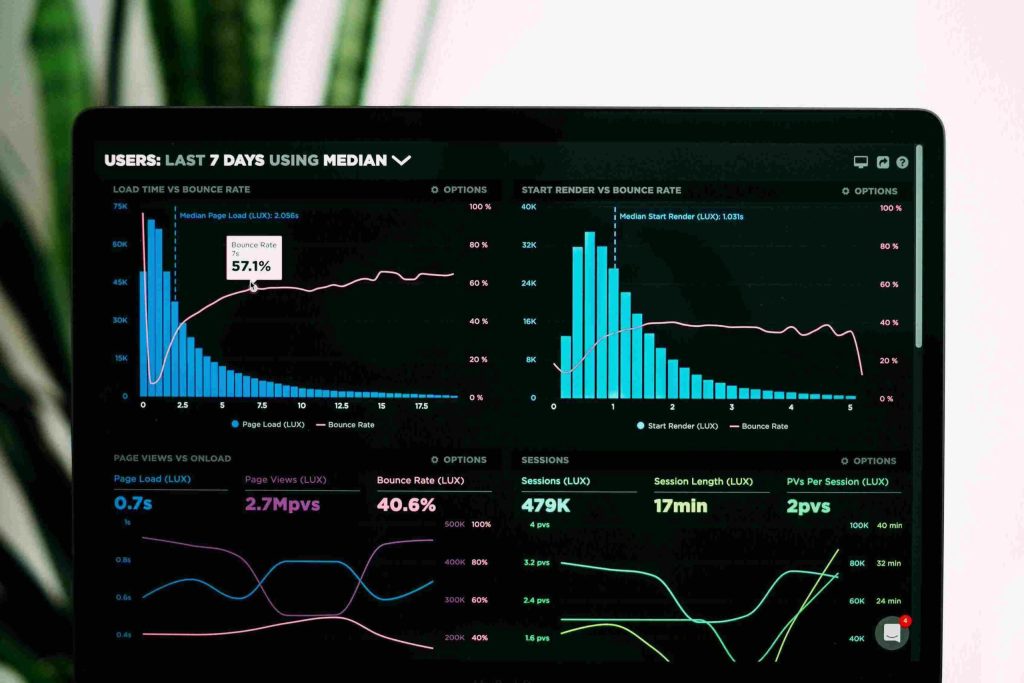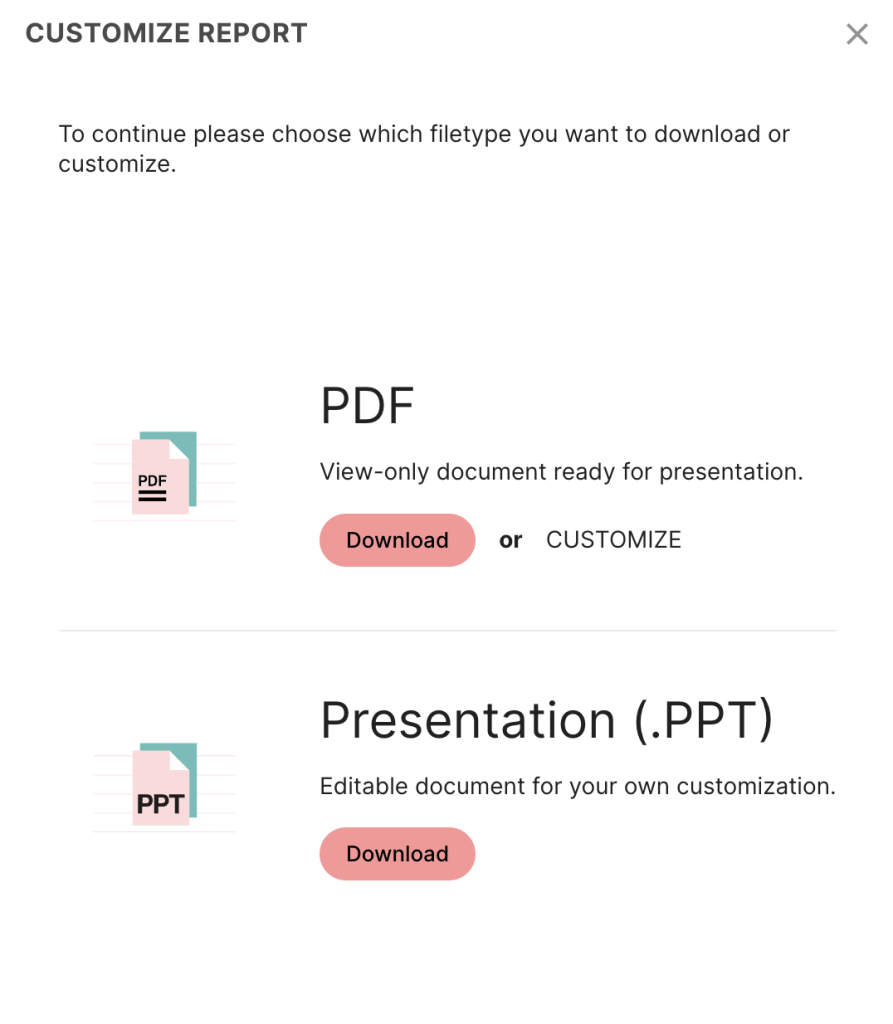Do you ever feel like you’re putting all your efforts into your marketing campaign, but you have no idea whether it’s actually working?
Well, you’re not alone.
Many marketers struggle with campaign tracking – figuring out how to measure the results of their actions.
? Read Creating a Marketing Strategy that Works: Benefits, Steps, Tools
In this blog, we’ll show you how to track your marketing campaigns and we’ll reveal how the media monitoring tool Determ can help you along the way.
What is Campaign Tracking?
Just setting up a campaign is not enough to make it successful. You need to monitor its effectiveness and make changes if required. And this is what campaign tracking is in a nutshell.
It allows marketers to monitor how their campaigns perform and gain valuable insights. For example, it can include information such as how many people clicked on a particular ad. Also, it can tell you how many people visited a website as a result of this ad and how much money you spent on the campaign.
You can find out how others perceive the campaign and how a particular promotional activity affects the brand’s perception. Ultimately, the data you gain from your campaigns may help you shape your future campaigns and rethink your goals.
Read: How to secure your marketing campaign’s success

Why Should a Company Set up Campaign Tracking?
First and foremost – to measure its success and determine whether the campaign is worth being continued or should be stopped.
Marketers usually allocate large budgets for these kinds of campaigns to acquire new leads, increase website traffic, and raise brand awareness. Campaign monitoring ensures that the money invested brings the desired results.
Here are some more reasons that should persuade you to prioritize campaign tracking:
- Identify areas where you need to allocate more or fewer resources to achieve better results.
- Get detailed insights into your customers’ behavior to make better decisions about how to target them.
- Optimize your campaigns for maximum effectiveness.
- React quickly if things don’t go your way and keep the business from incurring additional costs.
How can Determ Help you Track Your Campaigns More Effectively?
Is campaign tracking a time-consuming and demanding process that takes a lot of work and effort? Not necessarily.
There are solutions available on the market that can assist you. Among them is Determ – one of the best monitoring tools that scans the entire Internet in real-time.
With it, you can keep tabs on your campaigns at all times and check on their progress. Determ finds mentions of your brand (or any other keyword you specify, e.g., a campaign hashtag) and, based on that, predicts future events.
You can be notified about any deviations and take action quickly. These alerts allow you to identify any gaps in your campaign early on, so you can patch them up before they have any negative impact on the course of the campaign.
Read: Crisis Management Plan: How to Keep Your Business Afloat?
As a final touch, Determ provides customers with a real-time analysis dashboard featuring all the details and insights about their campaigns. You can track industry trends, compare your activities to those of your competition, and even identify social media influencers for your future campaigns.
How to Start Campaign Tracking in 6 Steps
Step 1: Identify the key metrics based on your campaign goals
You won’t tell whether your efforts achieve the desired results without accurate measurements.
The best way to identify the critical metrics for your campaign goals is to think about the business objectives that you’re trying to achieve.
For example, if your goal is to increase brand awareness, you should track, e.g., website visits, mentions, social media followers, or leads generated. If your goal is to create more sales, you should look at conversion rates or average order values.
Choose the most important metrics to you and track them consistently over time. It will help you identify trends and make necessary adjustments along the way.

Step 2: Choose the tools that you’re going to need
As you decide what you will track and what metrics you should focus on, you need to choose the tools you will use to collect this data. Identifying the toolbox at the outset enables you to select the best option.
But how to choose the ones that work best for you? If you need to gather quantitative data about website traffic, customers’ behaviors, etc., you need to find a web analytics tool such as Google Analytics, or switch to Amplitude Analytics.
However, if you want to dig deeper and get a bigger picture of the campaign (also with qualitative data), you would need to expand your toolbox to include monitoring tools as well.
Read PR Outreach: 5 Steps to Improve Your Campaigns
Step 3: Implement a monitoring tool
It is simply impossible to keep an eye on everything happening online constantly. Setting up a monitoring tool that will do it for you makes a massive difference in measuring the campaign’s performance.
To choose the best monitoring tool, pay attention to features such as:
- real-time alerts
- free trial available
- tracking in any language and country
- ready-made reports
- unlimited number of users
- advanced search filters
These features will help you get notified and track literally everything being said about your campaign in real-time, in all corners of the world and in all languages.

Step 4: Set up notifications
Apart from tracking and providing access to analytics dashboards, monitoring tools also provide notifications about things happening around your brand.
With Determ, you can get notifications in real-time. Determ alerts can also be customized based on your needs – you choose where you want to get them (via email, Slack, or app) and how often you want to get the updates.
Step 5: Create the reports
Visualize the gathered data to analyze it faster. If you have access to Determ, you can do it in a few clicks. You can choose one of the available ready-made reports (Basic Report, Advanced Report, Competitive Analysis, Demographics) or create your own.
After that, you can just download it as a PDF or PowerPoint presentation and share it with the rest of your team.

Step 6: Analyze, test, and optimize
Without testing and optimization, a marketing campaign would be like a recipe without measurements – you might be able to get it close, but the result won’t be as good as if you’d taken the time to measure everything out.
And even if you get lucky with the campaign right off the bat, what happens when something goes wrong? You need to learn how to react and adjust your campaign to the current situation.
What’s more, without testing and careful planning, there is no way of knowing whether your efforts were worthwhile.
As long as the campaign is running, analyze, test, and optimize repeatedly. This way, you can be 100% sure you used your campaign’s potential to its full extent.
Tips for Getting the Most out of Your Campaign Tracking Data
1. Make a plan and stay organized
Sit down and outline what you want to achieve, how you’re going to do it, and what resources you’ll need. Keep track of everything in your campaign, and make sure you stay on top of things.
2. Prioritize your goals
Not all objectives are created equal – focus on the most important ones first and tackle the rest later. You will manage your time well and focus on what matters first.
3. Use segmentation to drill down into specific data points while campaign tracking
Segment your data by source, medium, and campaign name. It will help you understand, e.g., which channels are most effective for acquiring new customers and which medium is the most successful at converting leads into customers. Overall, it clarifies the entire analysis process and makes the data easier to understand.
Read Competitive Analysis: Stay Ahead of Competition with Media Monitoring
4. Look at the big picture
Don’t get bogged down by small changes or fluctuations – instead, try to identify overarching trends. It’s helpful to look at how your campaign tracking data has changed over time to identify positive or negative trends. It can let you know which campaigns are doing well and which ones need improvement.
5. Use A/B testing
A/B testing is a great way to track the success of your marketing campaigns. It allows you to test different campaign versions against each other to see which one performs better. As a result, it enables you to optimize your campaigns and maximize your advertising budget.
6. Delegate tasks wisely
Assign responsibilities to team members based on their skills and strengths. Such actions streamline the workflow and clarify which part of the tracking process they are responsible for. Consider using a work management platform if you haven’t already.
To Summarize
Tracking how a campaign performs is nowadays vital for several reasons. It’s the only way to know whether your efforts paid off, it gives you a ton of useful information about your customers and it can help you organize and tweak your future marketing plans.
With the help of a media monitoring tool, you can keep an eye on all aspects of your campaigns with ease. Gain insights into your campaign’s performance and understand your customers’ feelings starting from now!



